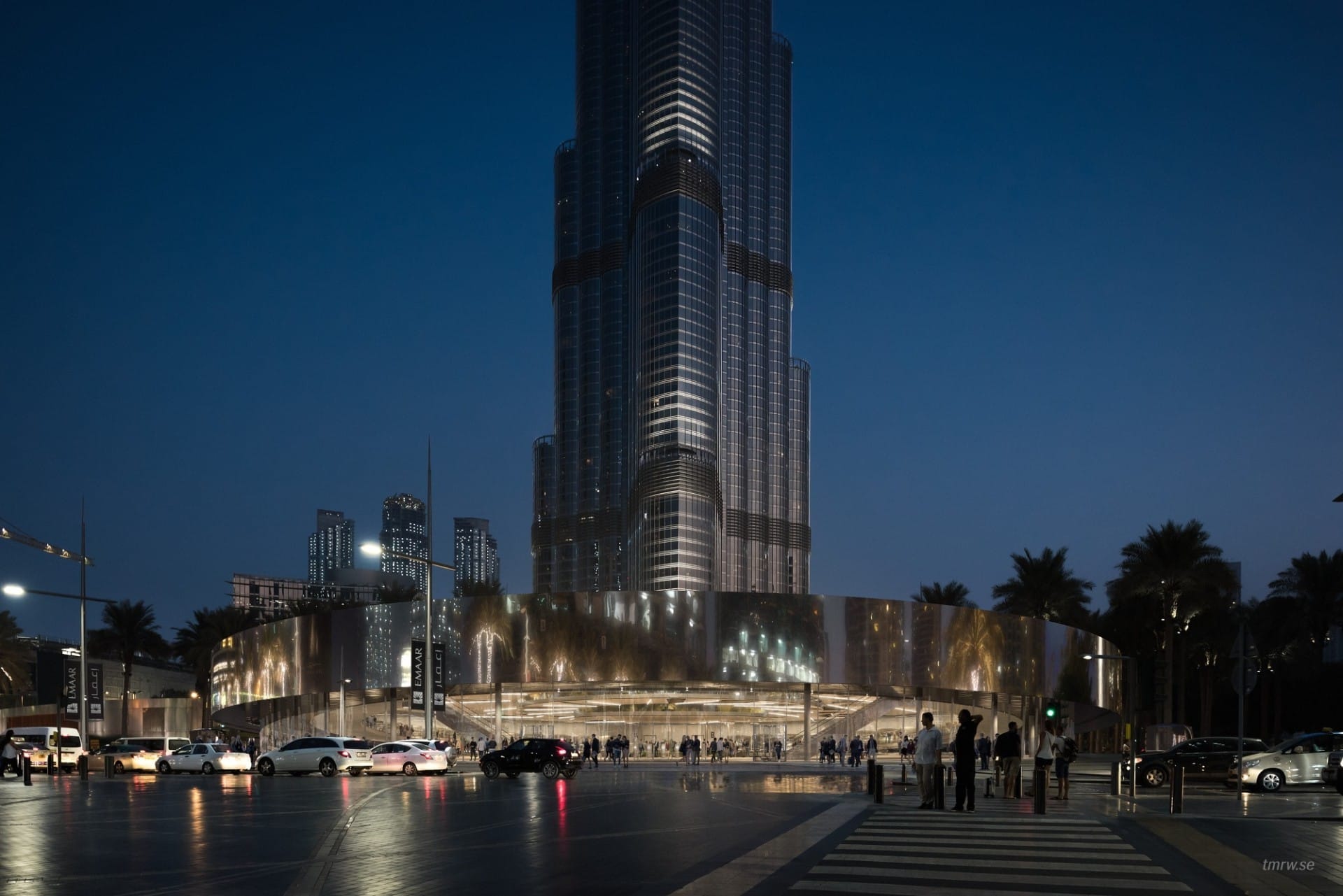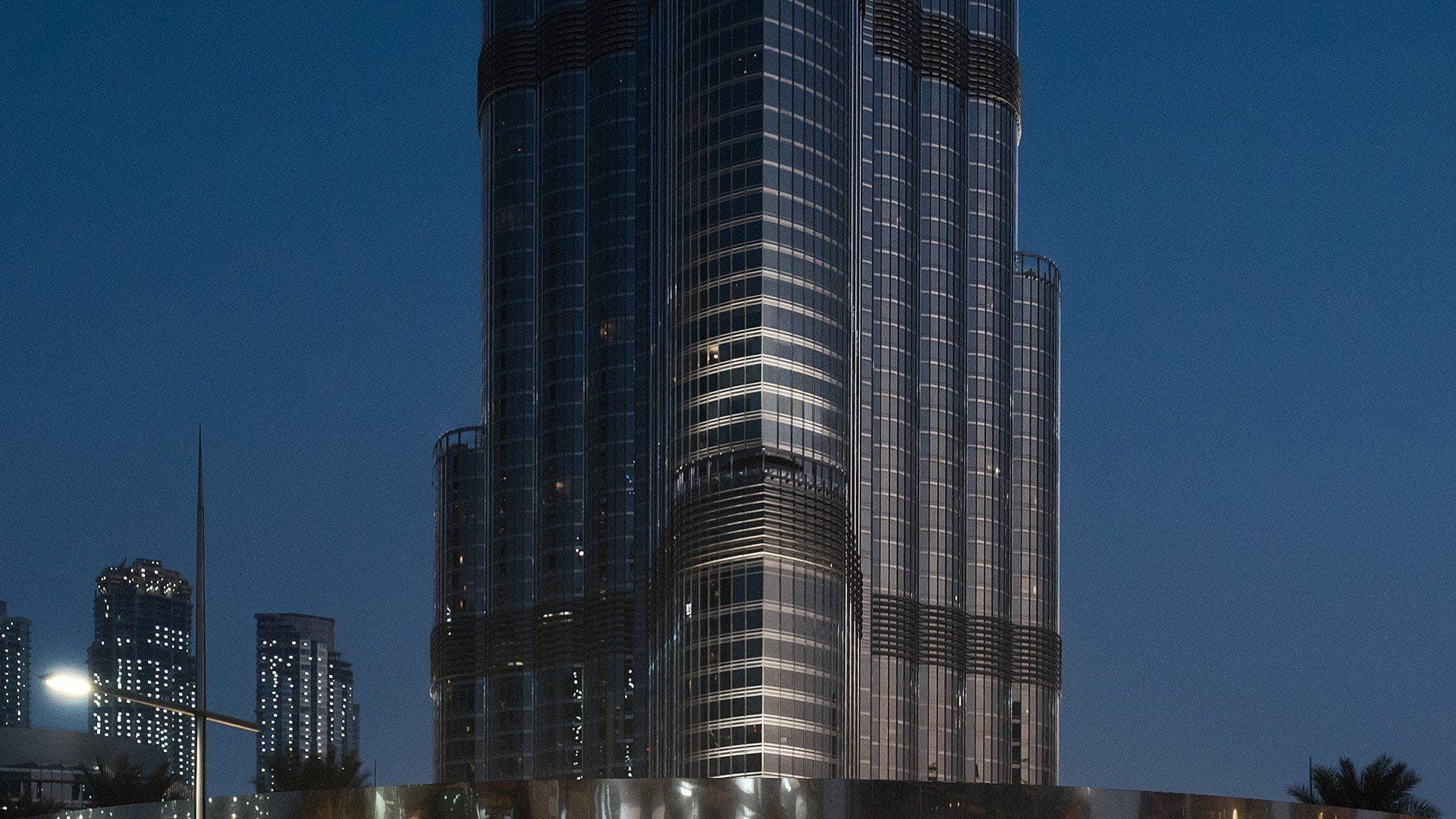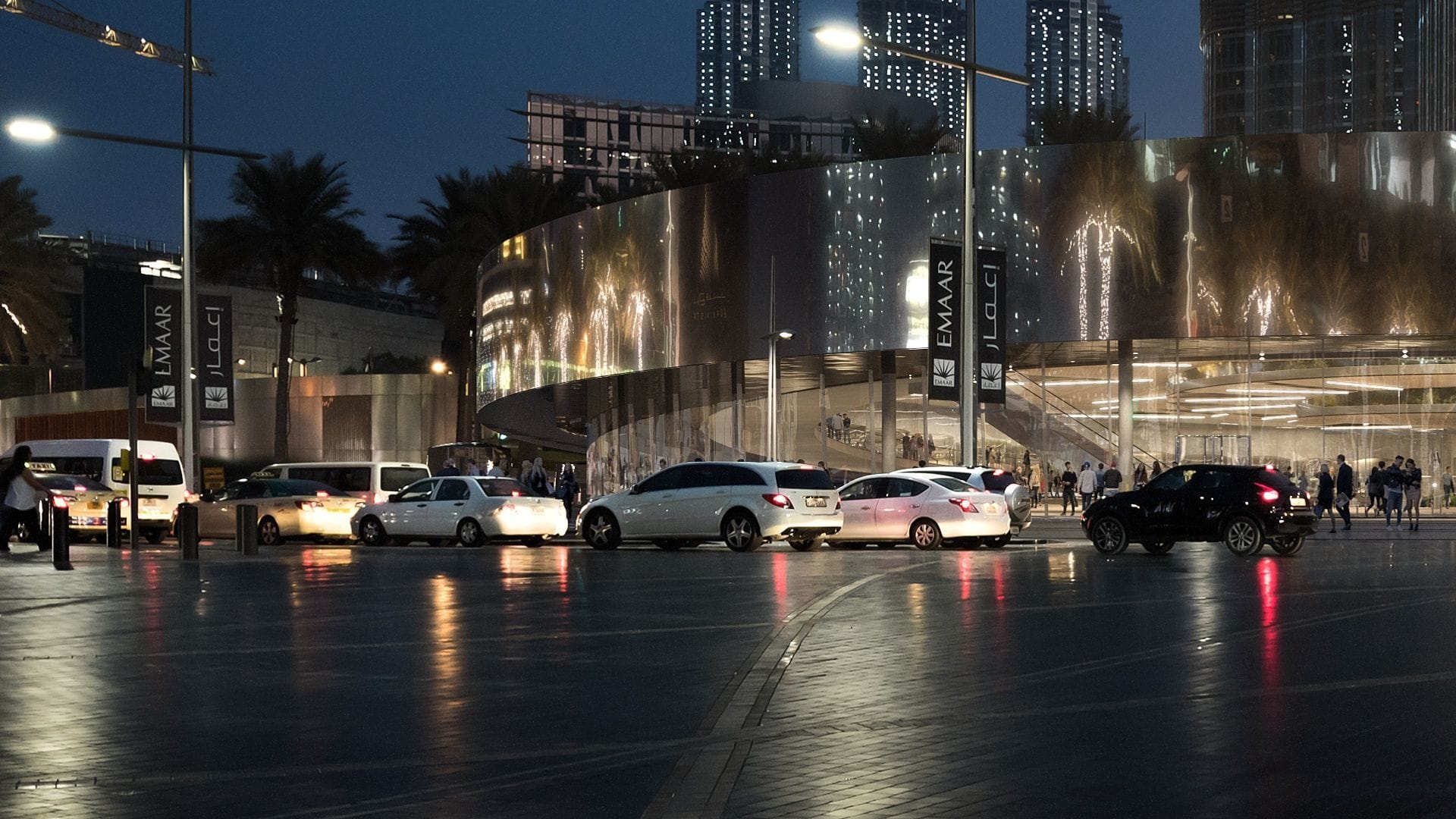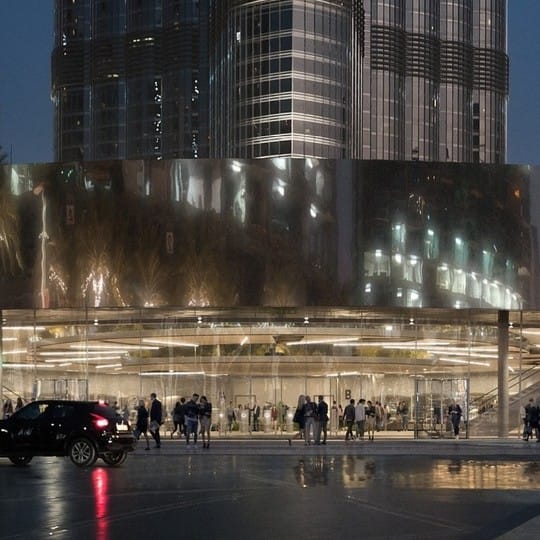Learn how revered arch viz studio Tomorrow approached the visuals for revolutionary new public transportation project Hyperloop One.
Modern wunderkind Elon Musk has revolutionized online payments with PayPal, reinvented the wheeled vehicle with the Tesla electric car, and his sights are set on interplanetary travel via his SpaceX program. But before day trips to Mars become a reality, his Hyperloop One concept could change the way we get from city to city.
The project consists of vacuum tubes in which passenger or freight pods travel at speeds above those of an airline. It's a concept which is straight out of science fiction, but to make it a reality Hyperloop One organized a press event to preview the first Hyperloop link between the thriving, tech-heavy United Arab Emirates cities of Dubai and Abu Dhabi.
A big part of the project was architecture firm BIG, aka Bjarke Ingels Group, which was hired to create the futuristic stations at either end of the loop. In turn, BIG passed the visualization of this drool worthy transportation system to Tomorrow, a Swedish arch viz company world renowned for its awe-inspiring imagery.
We spoke to Tomorrow's co-founder Mattias Henningsson-Jönsson about how they created the imagery for this spectacular project.

Could you tell us how you got involved with Hyperloop One?
We were contacted by the architects at BIG to help them out for the press event in Dubai. At the time we didn't know anything about the project—the Hyperloop One team had not released any information because it was still in development.
I was wondering, what was BIG doing with the Hyperloop? They do not make trains. Then they told us the plan is to have Hyperloops in a lot of different locations in the world. The first, between Abu Dhabi and Dubai, has already been commissioned. They wanted us to show the station areas for the press conference.
How did you approach the project?
Initially, the most important part in the brief was the Loop, the actual tube. Basically, it’s a cylinder which runs up in the air, and goes into the ground next to the station. But that was a challenge. How do you show a cylinder in an interesting way, and show the station at the same time?
Our first plan was to go super wide to capture the Hyperloop itself and the station, but then we had a lot of trouble as well because in Dubai you're not allowed to fly drones. We contacted a lot of photographers and ask, "maybe you can do this guerrilla style?" But I guess nobody wanted to get caught up in jail!
We realized the loop wouldn’t make it into the image, so we had to think again. How can we show this in another way and convince the clients to go with our idea? What we had in mind is the Burj Khalifa, which is super iconic. It's the tallest building in the world, so if we were to do a four to one vertical image then the Burj would take all the attention. But this had to be about the station.

We always think in terms of shapes, in primitives composition wise. We thought that, okay, this is how we approach all the projects. Aren't we all designers? What is the shape of the actual architecture? Is it sculptural? In this case, it was a knot or a cylindrical knot. That was the basic concept. And the Burj Khalifa is a cylinder. It's abstracted and behind it, but it's still just a tall cylinder.
Then we decided to combine them together and make it super symmetrical. We had to send out the photographer two or three times to get the correct alignment for the Burj. The first time he was really nervous because after five minutes the police came and told him, "Walk off. You cannot take photos here." He had to work fast, so credit to him for getting the images we needed.

The metal in the Hyperloop station has a unique look. How did you approach this?
The client said that they wanted to have this shiny, “Apple” look to it. Almost not realistic. So getting the right reflections in place for the station and getting a break off the surface was one of the most important aspects of the project. We did a lot of tweaking, and sent a lot of different material reviews to agree with the client about the right amount of reflection, and how sharp, or glossy, or blurry they would be. You can do realistic materials, but you also must have the knowledge about how much you can break and tweak it afterwards.





